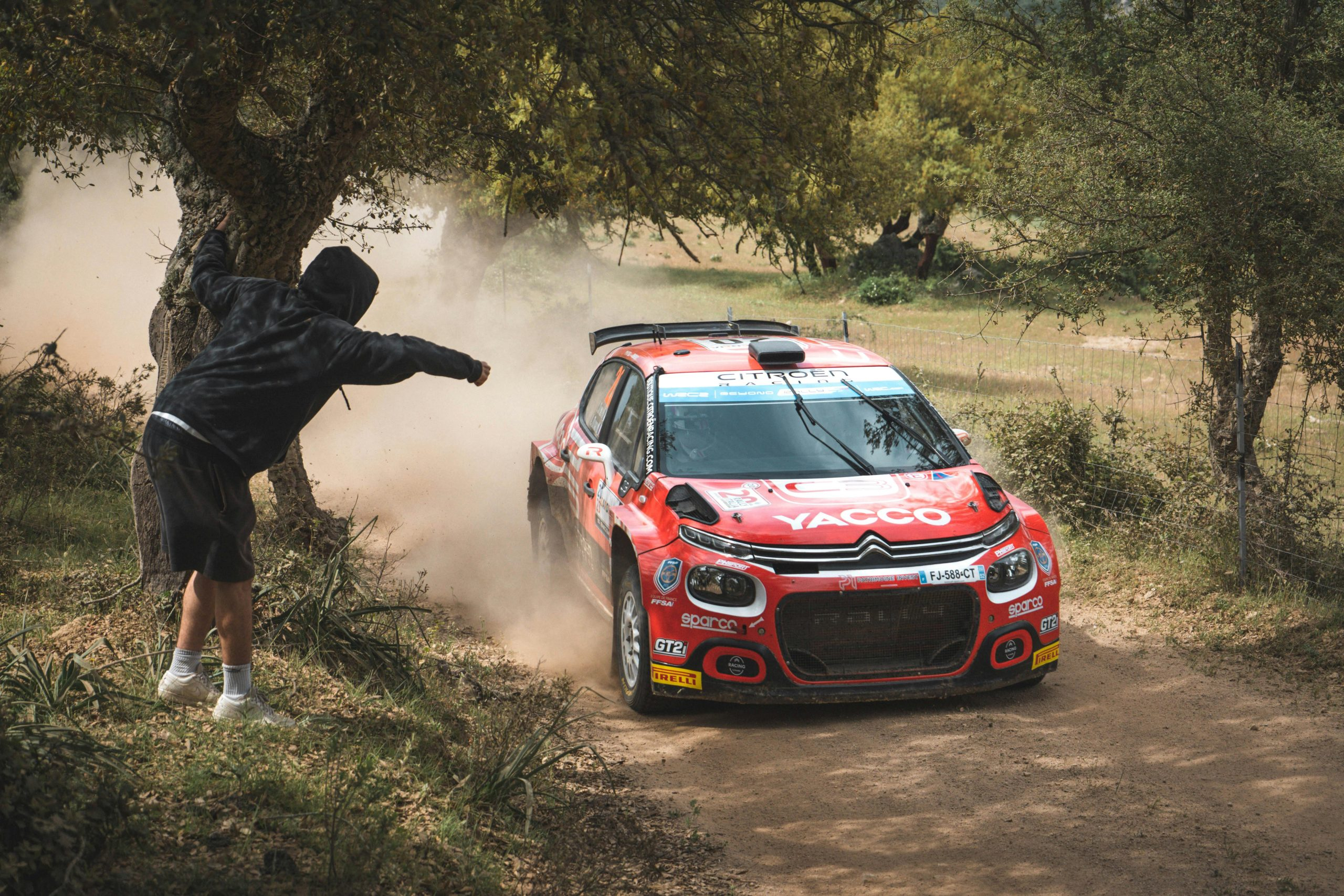Rally Car Modifications: Ordinary Vehicles Becoming Extreme Machines
Rally car racing has been a popular motorsport for decades, known for its thrilling speeds, daring maneuvers, and extreme off-road conditions. But what sets rally car racing apart from other types of motorsports is the use of ordinary vehicles, modified to become extreme machines capable of conquering any terrain and weather condition. These modifications not only enhance the performance of the cars, but also push them to the limit, making them a force to be reckoned with on the race track. In this article, we will explore the world of rally car modifications and how ordinary cars are transformed into extreme machines.
The Basics of Rally Car Racing
Before we dive into the world of rally car modifications, let’s first understand the basics of this thrilling motorsport. Rally car racing is a form of motorsport where drivers and co-drivers race against the clock on a closed course, typically on unpaved roads or off-road terrain. The course is usually divided into several stages, with varying lengths and conditions, such as gravel, dirt, mud, and snow. The winner is determined by the fastest overall time at the end of all stages.
The Purpose of Rally Car Modifications
The goal of rally car modifications is to enhance the performance and durability of the cars to withstand the challenging conditions of rally racing. Unlike other forms of motorsports, where highly specialized cars are built specifically for the race, rally car racing uses production-based cars with minimal modifications. This not only keeps the costs down, but also allows for a diverse range of cars to compete.
Engine Modifications
The engine is the heart of any car, and in rally racing, it is the most important aspect when it comes to modifications. The most common modification is the addition of a turbocharger or supercharger to increase the horsepower and torque of the engine. This not only provides more power, but also improves the car’s acceleration and top speed.
Other common engine modifications include high-performance air filters, improved exhaust systems, and upgraded fuel injectors. These modifications help to increase airflow, reduce back-pressure, and improve fuel delivery, resulting in better overall performance.
Suspension and Chassis Modifications
In rally racing, the suspension and chassis are crucial for the car’s handling and stability on the unpredictable terrain. To withstand the rough conditions, rally cars are fitted with heavy-duty shock absorbers, springs, and sway bars. This not only allows for better handling, but also prevents damage to the car’s suspension system.
The chassis of a rally car is also reinforced to withstand the constant jolts and impacts from rough roads. Roll cages are installed for added safety and to improve the structural rigidity of the car, allowing it to maneuver through turns and jumps with more precision and control.
Tires and Wheels
The right tires and wheels are crucial for rally racing, as they provide the necessary traction and stability on varying terrains. Tires with deep treads and reinforced sidewalls are used to withstand the rough conditions and provide better grip. In some cases, teams use different types of tires for different stages, depending on the terrain and weather conditions.
The wheels are also modified to be lightweight and resilient, allowing for better handling and agility on the track. They are often reinforced or made from stronger materials to withstand the rough impacts and jumps of rally racing.
Aerodynamic Modifications
Aerodynamics play a significant role in the performance of a rally car. To achieve maximum downforce and better stability, rally cars are fitted with front and rear spoilers, diffusers, and vortex generators. These modifications allow the car to stay planted on the ground at high speeds and provide better airflow to the engine.
The Evolution of Rally Car Modifications
Over the years, rally car modifications have evolved significantly, with major advancements in technology and engineering. Modern rally cars are more powerful, faster, and more durable than their predecessors, capable of tackling the most extreme conditions with ease.
As the sport continues to grow in popularity, we can only expect to see further advancements in rally car modifications, making these ordinary vehicles even more extreme and formidable on the race track.
In Conclusion
Rally car modifications are a crucial aspect of this extreme and thrilling motorsport. From engine upgrades to aerodynamic enhancements, these modifications not only improve the performance of the cars but also allow them to conquer the most challenging terrains and conditions. As technology and engineering continue to advance, we can expect to see even more exciting modifications in the world of rally car racing.








